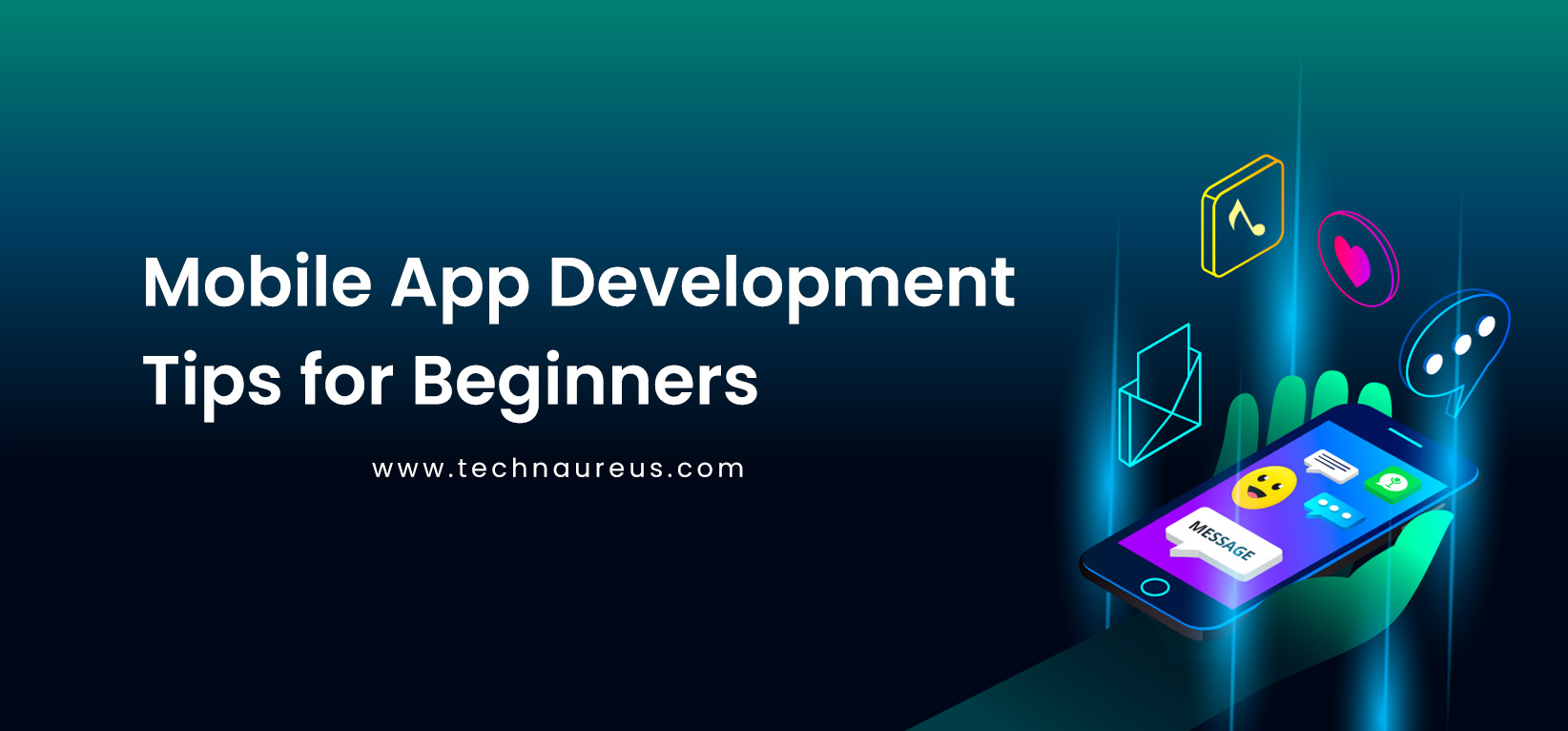Nishma KVNov. 7, 2024
Flutter has changed the mobile app development environment by offering a strong framework for creating beautiful, natively developed mobile, web, and desktop applications from a single codebase. If you’re going to start your journey with flutter, here are some notable tips for you.
some of the crucial areas to concentrate on are:
Flutter avails the Dart programming language, which is simple to learn, especially if you are familiar with other object-oriented languages. It's crucial to get comfortable with its syntax and features. Some important areas to focus on are:
Everything in Flutter is a widget.The fundamental units of Flutter applications are called widgets. Grasping this concept is fundamental to building Flutter apps. Learn about:
Start with basic widgets like Container, Column, Row, Text, Image, and gradually move on to more advanced ones like ListView, GridView, and Stack.
Flutter comes with a wide range of development tools. Make sure to explore:
One of Flutter’s standout features is hot reload, which allows you to see changes in your app instantly without restarting the entire application. This can substantially accelerate your development process. Let’s explore the difference between hot reload and hot restart:
Mastering hot reload will allow you to experiment more quickly and debug more effectively.
As your apps grow in complexity, managing state becomes inevitable. For simple apps, setState() may be sufficient, but as your app grows, it’s important to adopt better state management solutions. Some popular state management techniques include:
Understand your app’s requirements before choosing a state management approach and use it accordingly.
5. Utilise Packages and Plugins
Flutter has a wide range of packages and plugins. Learn how to:
Flutter makes it easy to create beautiful UIs. Familiarise yourself with:
Maintaining clean architecture plays a vital role when our project is large, and many developers work on it at the same time. A complicated UI tree of components is frequently constructed in Flutter. As a result, It's critical to use test-driven development (TDD) and devide the various layers.
Make your code clean and organised from the start:
A well-structured project makes development easier and more scalable. Keep your code clean by:
Avoid putting all code in a single file. Instead, break it down into manageable components to ensure better readability and maintainability.
Flutter provides a robust testing framework. Learn about:
As you build more complex apps, pay attention to performance:
Flutter has a vibrant and helpful community. Make use of resources like:
The best way to learn is by practising. Begin with basic apps and work your up to more complicated ones. Some project ideas:
Remember, becoming proficient in Flutter takes time and practice. Stay curious, keep coding, and don't be afraid to make mistakes – they're all part of the learning process. Happy Fluttering!

2